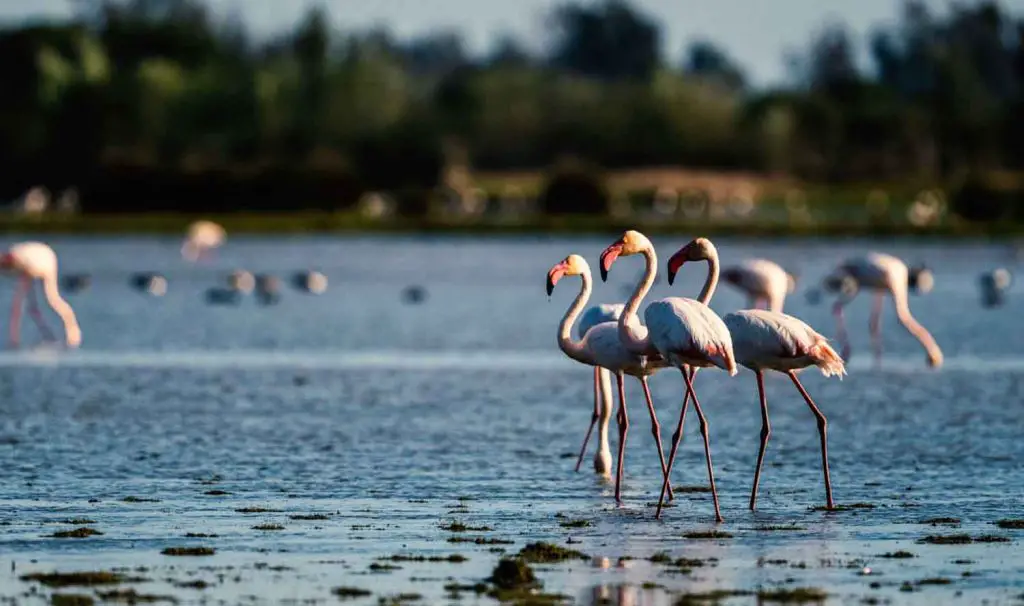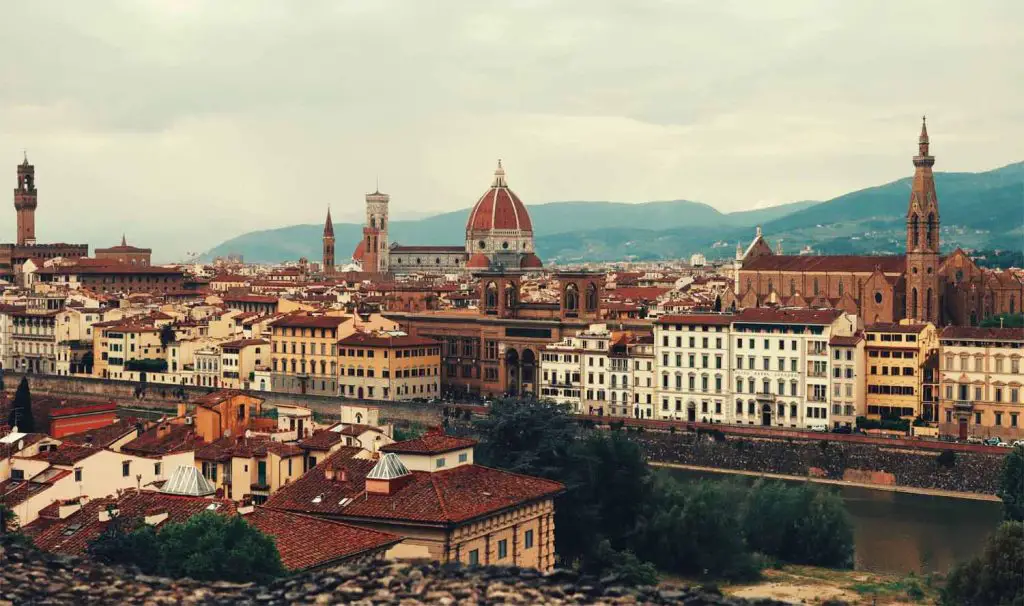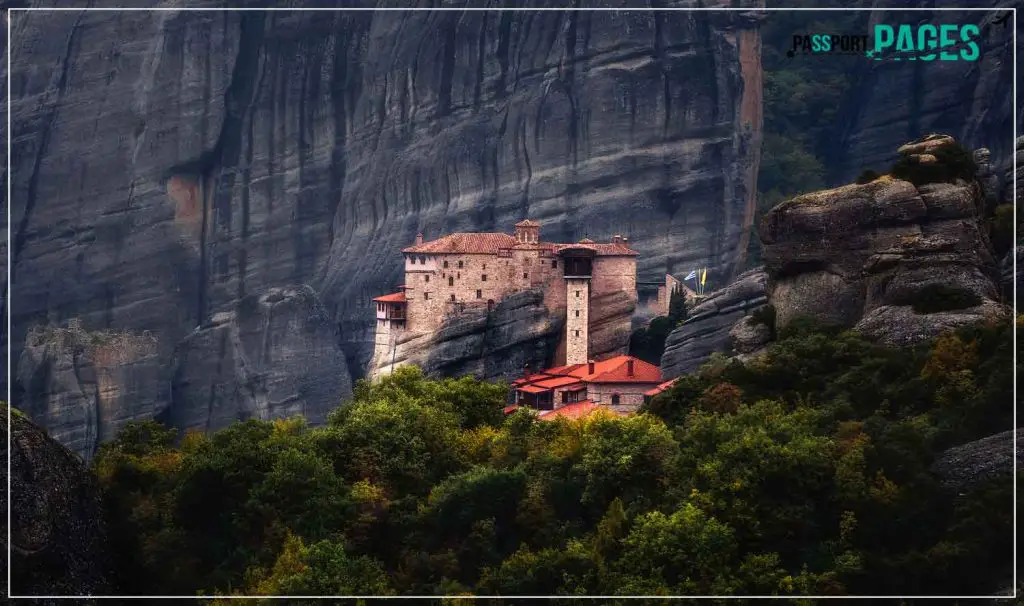Doñana National Park, located in southern Spain, is a UNESCO World Heritage Site founded in 1994. This significant ecological haven serves as an important stopover for millions of migratory birds each year and is the major home for the endangered Iberian lynx. The park is packed with different animals and vegetation, making it a treasure mine of biodiversity.
Doñana National Park’s fragile environment is under threat from illegal water irrigation activities, notwithstanding its ecological significance. Water supplies in the region have plummeted over the last 30 years as a result of illicit water extraction for fruit and berry crops. This illegal action threatens not only the park’s rich animals but also the delicate balance of the entire ecosystem.
“Suggestion Read” Spain’s National Parks
Table of Contents
History
The Doñana National Park is the most protected area in the Doñana Nature Area and has long been known for its natural beauty. Historically, it was a popular hunting field for the Royal family and nobles. However, it wasn’t until the 1960s that the need to protect this land became urgent, thanks to scientific research.
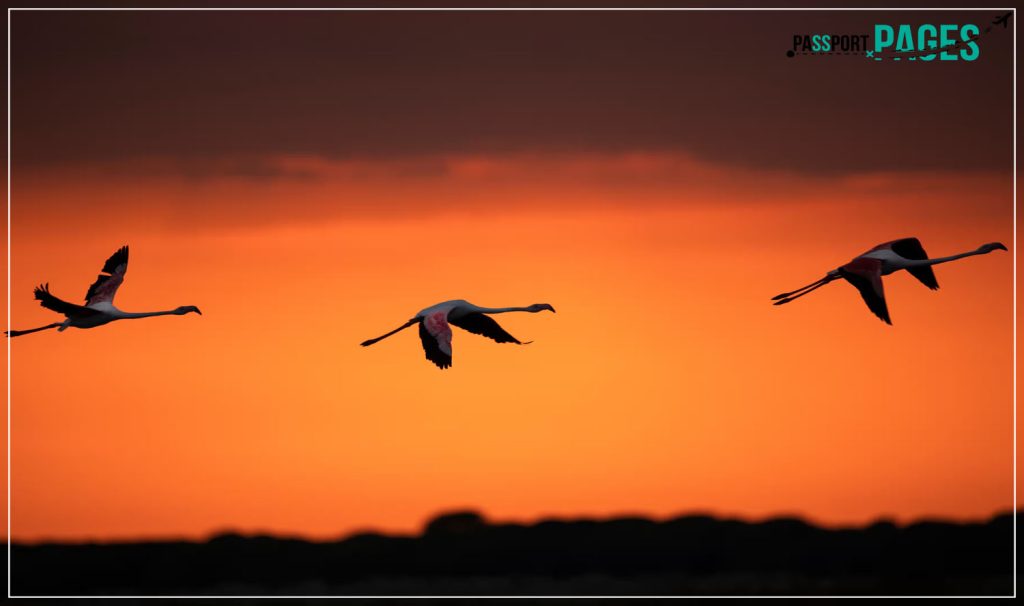
Established in 1969 and enlarged in 1978, the National Park has been designated as a UNESCO World Heritage Site and has received numerous other awards, cementing its reputation as a treasured natural resource. Doñana, with over 100,000 hectares of protected land, is a global hotspot for the survival of various species.
Facts About Doñana National Park
Area: Andalusia
Provinces: Cadiz, Huelva, and Sevilla
Confirmed as a Natural Park in 1969 and reclassified in 1978
To establish a research station, the Council of Scientific Research and WWF purchased 6,794 hectares of land in 1963.
In 1994, it received the UNESCO World Heritage Site title.
The surface area of Natural Park: 54,200
Surface size of the national park: 50,720 hectares
Total area: 77,260 hectares
Bird Protection Area: 50,720 hectares
Ecosystem
Doñana National Park is recognized as one of Europe’s most important natural sanctuaries. It serves as a critical junction for migratory birds traveling between Africa and Europe, as well as the final resting place for many endangered species.
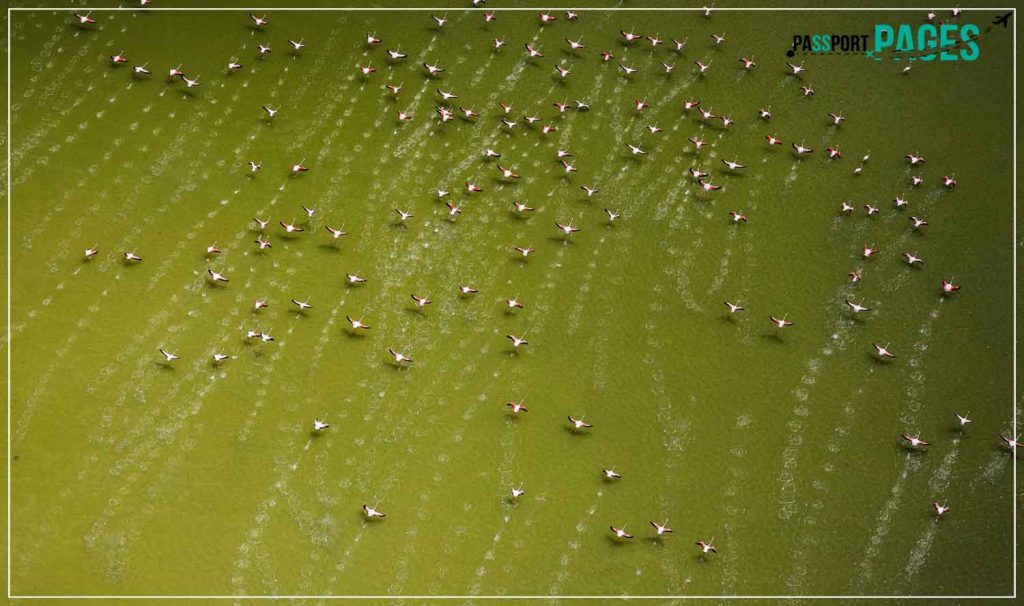
The beautiful panorama of this region extends across flat plains that are carefully formed by two principal ecosystems. Pinewoods and Mediterranean shrubs thrive in primarily sandy soil, creating a beautiful tapestry. In addition, enormous clay-lined marshes have a highly seasonal water cycle, resulting in a dynamic landscape that supports a diverse range of life.
Doñana National Park is a biodiversity hotspot that preserves nature’s fragile balance. Its function as a last refuge reflects the ecosystem’s resilience, demonstrating the complex interplay between species and the environment.
Fauna
Doñana is a European natural haven with remarkable biodiversity, especially in bird species, which are both important and abundant. With almost 300 bird species inhabiting this territory, nearly 130 decide to rear their families here. Because the majority of them are waterfowl, they choose to nest in the Park’s vast wetlands.
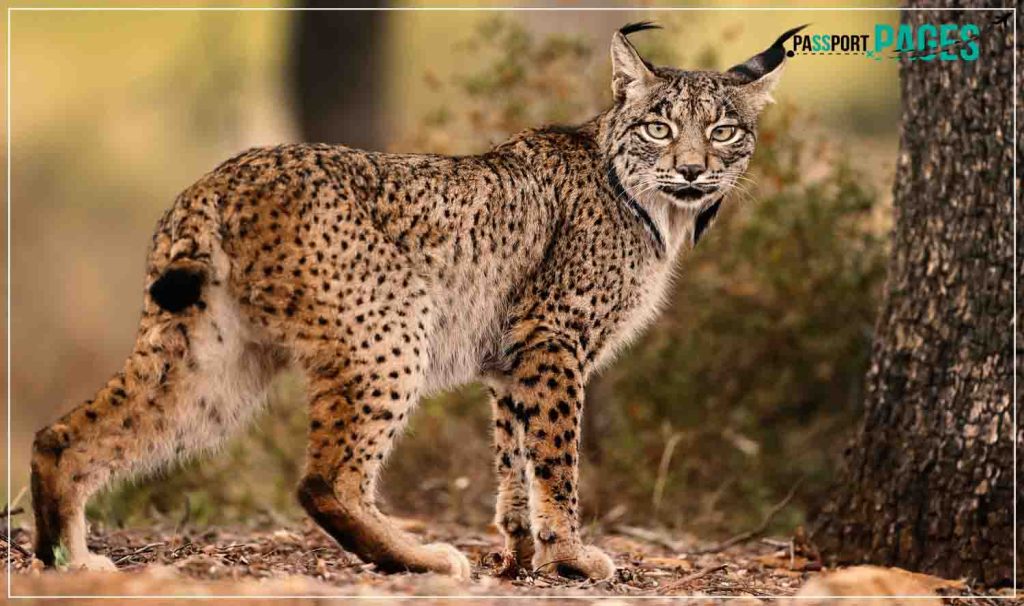
There are 37 animal species, including the rare Iberian lynx, as well as 21 reptiles, 11 amphibians, and 20 freshwater fish species. And don’t forget about the numerous invertebrate species—bugs, worms, spiders, and so on—that call the Park home, many of which are still awaiting official classification.
Flora
Over the vast area of Doñana National Park, 750 different plant species flourish in a variety of settings. There are four main types of vegetation: open woodland, salt-tolerant, marshland/aquatic, and heathland. Glasswort (Salicornia ramosissi, seablite (Suaeda sp. ), and perennial glasswort (Arthrocnemum perenne) are among the plants that grow in the wetlands.
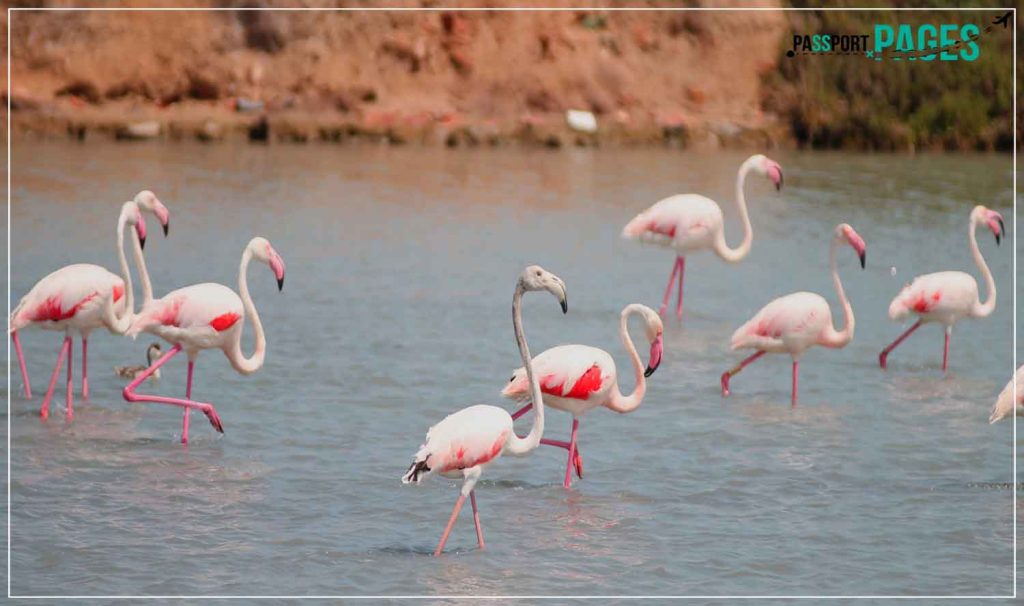
Reeds (Juncus maritimus) and cordgrass (Spartina alterniflora) can be found in brackish lagoon environments. The vegetation found on dunes includes European beachgrass (Ammophila Arenaria), Portuguese crowberry (Corema album), juniper (Juniperus macrocarpa), and buckthorn (Rhamnus). Ash (Fraxinus angustifolia) and wild olive (Olea europea subsp. oleaster) trees grow on inland dunes.
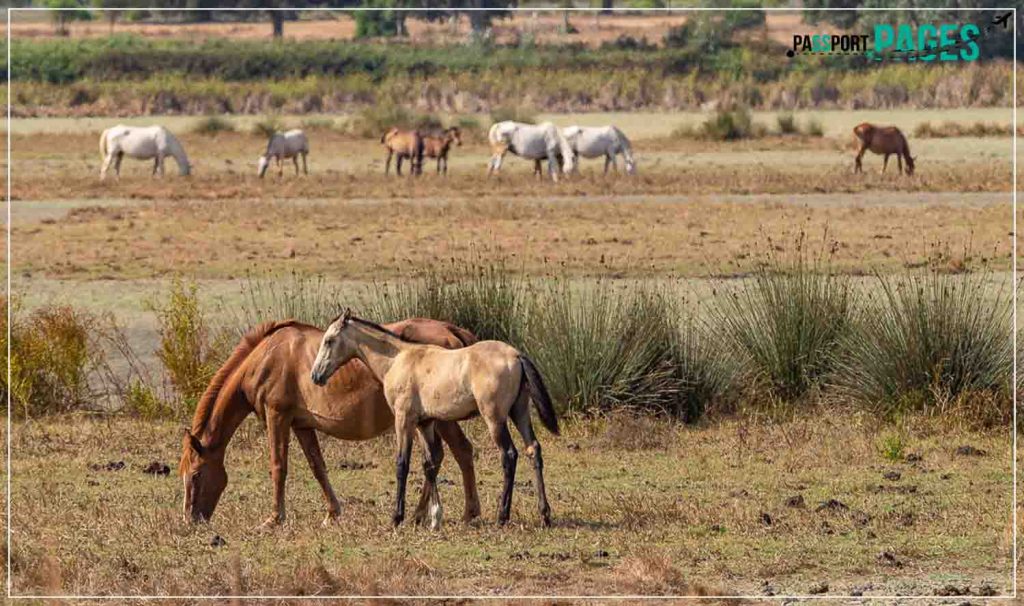
In forested areas, Eucalyptus sp. and invasive stone pine (Pinus pinea) are found. The following plants are found in heathlands: strawberry trees (Arbutus unedo), lavender (Lavandula stoechas), thyme (Thymus tomentosa), rosemary (Rosmarinus officinalis), tree heather (Erica scoparia), and heather (Erica ciliaris).
Getting There
South of Almonte, off the A483, is El Acebuche; and La Rocina, near El Rocio, is the primary visitor centre. Located around 19 miles (30 kilometers) south of the town of Villamanrique de la Condesa, the José Antonio Valverde visitor’s center provides access to the park’s northern portion.
How and When to Visit
Ducks, geese, and other water birds swarm the park’s wetlands in the cold, wet months of November through January. North African spoonbills return as spring arrives, accompanied by a multitude of other species that are either stopping over for breeding or passing through on their way somewhere else. Water levels drop in the summer, which reduces the park’s appeal to animals, while migratory species like vultures, kites, nightjars, and warblers continue to frequent the area.
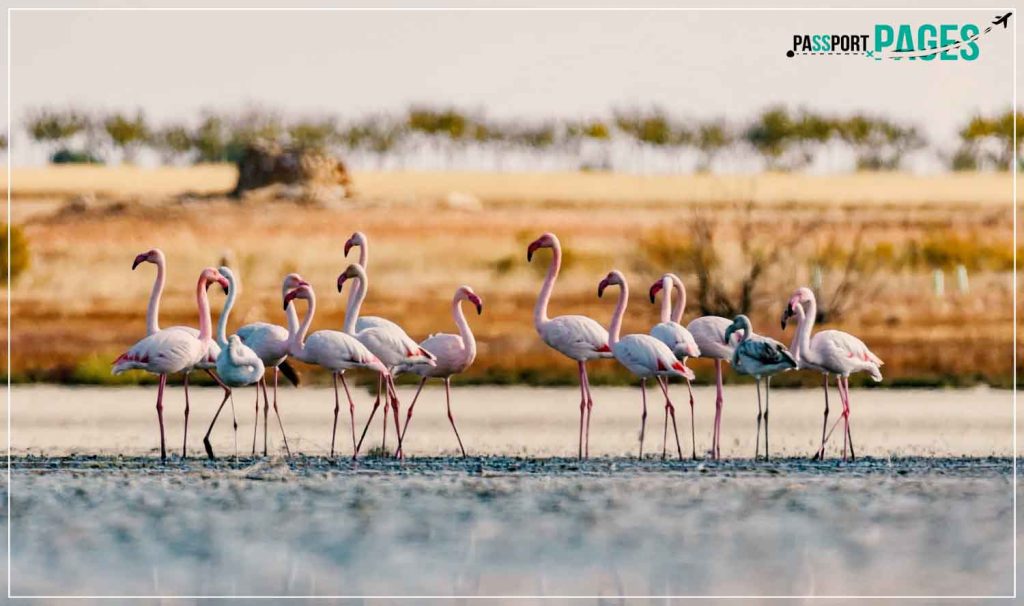
Guarded like a gem, access to Doñana National Park is restricted to the beaches, trails, bird hides, and lagoons near several tourist centers. Deeper exploration of the vast park necessitates coordinating with professional guides, but the thrills of four-wheel-drive expeditions and boat rides make the extra effort worthwhile. Securing a position on these trips during peak season is a wise decision that is best made well in advance.
Places to visit near Doñana National Park
Doñana National Park is a multifaceted area spanning over 209 square miles or 54,252 hectares, with a variety of habitats spread out throughout its surface. Part of the park is accessible by automobile, with parking available at one of the seven visitor centers before exploring the park’s walking paths.
El Acebrón Palace
The area around the palace features boardwalks and sandy walking routes that meander through lush riparian forest, old cork, wild olive, and stone pine trees (Pinus pinea, which the Romans imported to the area and produces edible pine nuts).
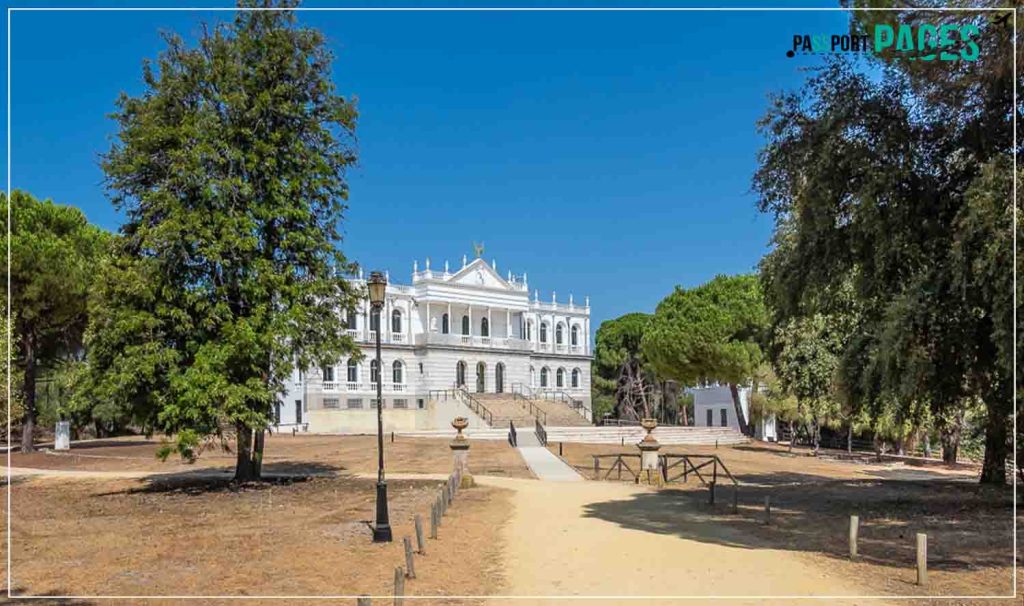
The neo-classical palace was constructed in the early 1960s; it is not worth visiting in and of itself, but rather for the historical park exhibits, the rooftop view, and—most importantly—the bathrooms.
Matalascañas Dunes
Inside the Doñana National Park, a famous landscape is created by its ever-changing “mobile” dunes, which are oddly contrasted with the busy public resort beaches of Matalascañas. Walking from the parking lot into a part of the national park that has been conserved, while navigating past rows of beach umbrellas and restaurants, is quite an impressive sight.
Because these dunes are always moving, consuming vegetation and occasionally burying boardwalks in their path, they are called “mobile” or ever-shifting dunes. There you can see glimpses of the Atlantic Ocean just beyond the breathtaking view formed by the undulating sand and lush vegetation.
El Rocio
El Rocío is a village with whitewashed buildings and wide sandy streets that is located next to a large shallow water area known as “the Madre.” Although the stream that flows in from the west is officially called the Madre de las Marismas, during the winter it overflows and forms this large shallow lagoon that is adorned with a variety of birds, including waders, shorebirds, ducks, geese, herons, gulls, small songbirds searching for insects along the edges, and raptors soaring overhead.
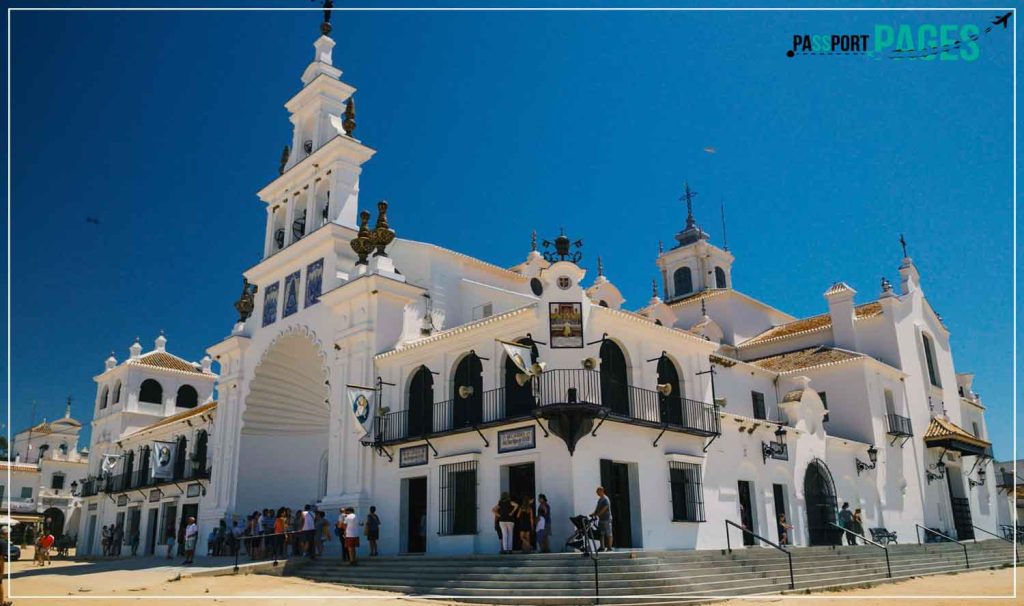
The promenade, which spans the Rocío Bridge on the old road and serves as a sort of border between the town and the water, is the best place to go bird watching. You’ll immediately learn about anything noteworthy to view, as it’s also a popular destination for bird aficionados.
Final Thoughts!
We strongly recommend you to explore Doñana National Park. Even though Seville offers an abundance of activities, venturing outside the city to see a UNESCO World Heritage Center situated within a natural reserve was a refreshing change of pace. Although this national treasure is being impacted by climate change, it is still a marvel of biodiversity that is mostly exclusive to Europe.
In addition, the city, which was undergoing a heat wave with unusually high temperatures for mid-May, was considerably warmer than the waterfront. Just be advised that Doñana National Park will be mostly dry if you visit in the summer. The main lagoon is the only location that holds water during the dry season, with the significant exception of the ocean.
FAQs
Is Camping Allowed in Doñana National Park?
Camping is allowed in certain regions, yes. To protect the natural beauty, make sure you abide by park restrictions and leave no trace.
What Species of Flora Can I Expect to See in Doñana National Park?
Mediterranean scrub, pine woods, and aquatic plants are among the diverse flora found in Doñana National Park. To see the amazing plant tapestry, explore the many terrains.
Is it allowed to take pictures in Doñana National Park?
It is encouraged to take pictures for personal use. Commercial photography, however, needs park authorities’ prior approval.

